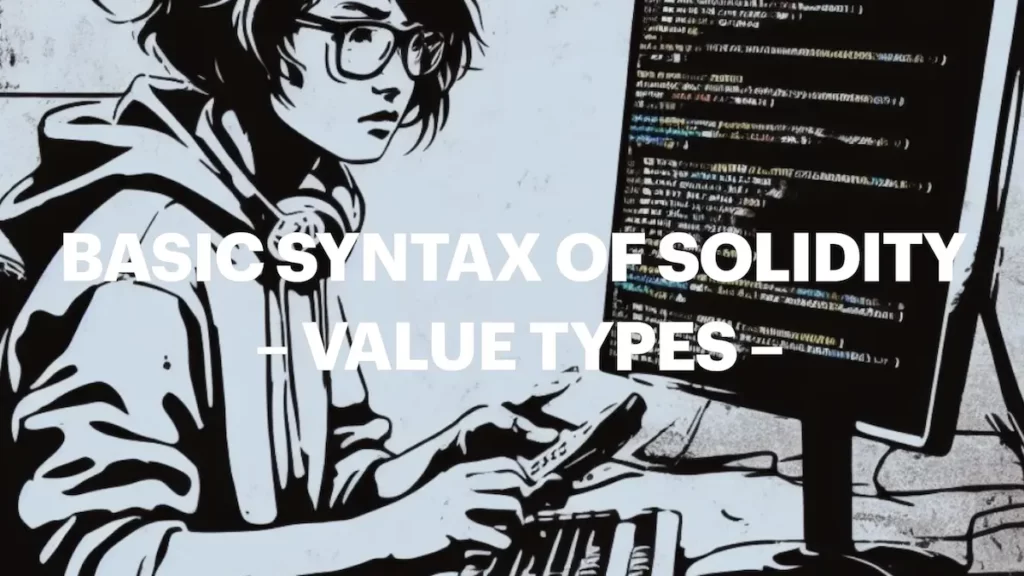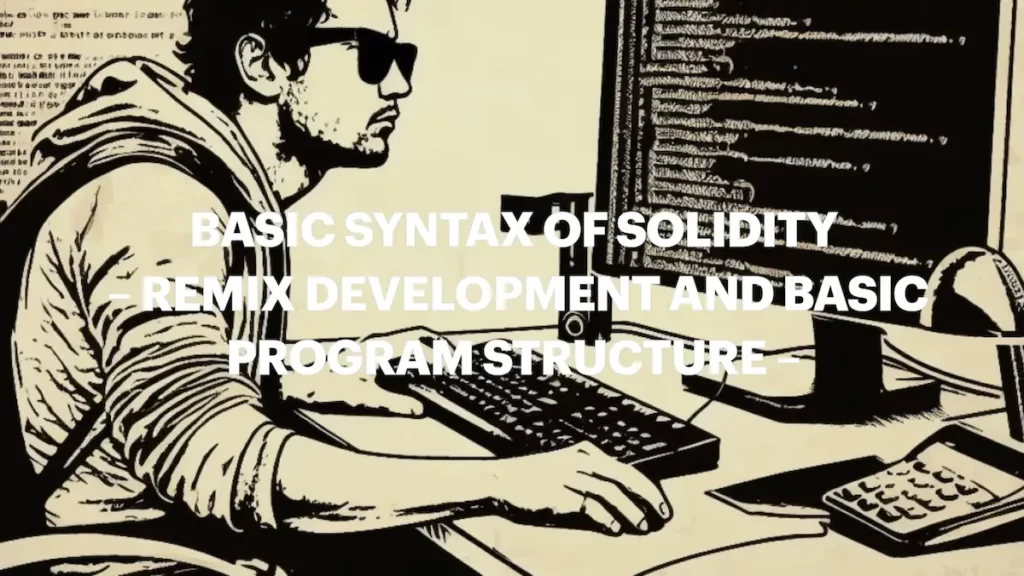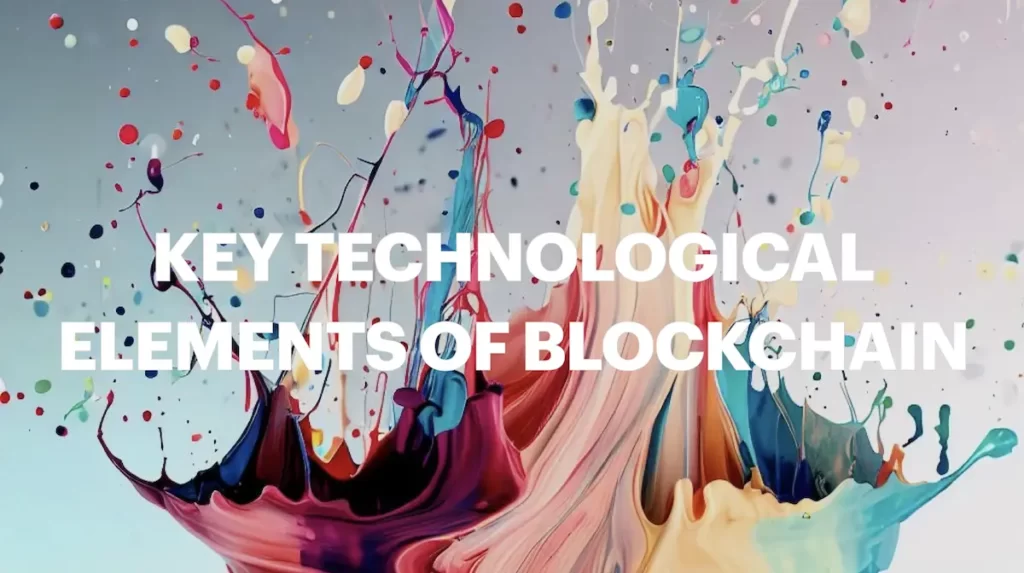-

Day 10. Basic Syntax of Solidity – Functions & Modifiers –
In programming, a function is a block of code that encapsulates a specific task or operation. By using functions, code reusability and maintainability are enhanced, enabling efficient programming. -

Day 9. Basic Syntax of Solidity – Reference Types & Mapping Types –
Reference types refer to the memory location where the value is stored, rather than the value itself. Unlike value types, where the value of the data is stored directly in the variable, reference types store only a reference to the location of the data. Reference types hold the position of data in memory, allowing memory usage to be optimized regardless of the data's size. Mapping types are data structures that store key-value pairs. -

Day 8. Basic Syntax of Solidity – Value Types –
In Solidity, there are types like value types, reference types, and mapping types. Value types are used to define numerical and string types. In value types, the values are stored directly. -

Day 7. Basic Syntax of Solidity – Development and Basic Structure with Remix –
From Day 7 onwards, we will explain the basic syntax of Solidity. As a development tool, we will use Remix (an online IDE environment), which was introduced as basic tools of web3. First, we will start with development using Remix and learn about the basic structure of Solidity programs. Let's delve into the explanation. -

Day 6. Viewing Blockchain Data on Etherscan
This guide explores the types of information available on Etherscan, offering a deeper understanding of Ethereum by interacting with real data. Let's dive in. -

Day 5. Basic Tools of web3
In this guide, we introduce some of the primary tools used for development in web3. -

Day 4. Overview of Ethereum
Ethereum, apart from offering digital currency transfer functionality, also possesses a platform for executing applications. It is expected to play a significant role in various industries and domains, shaping the future of the digital economy. This guide explains the overview of Ethereum. -

Day 3. Consensus Algorithms
Blockchain operates based on a mechanism called a consensus algorithm, which is used for achieving agreement among participants. In this guide, we will explain these algorithms and reveal the mechanisms within the blockchain. -

Day 2. Key Technological Elements of Blockchain
In this guide, we will look at the key technological elements that make up the blockchain and their overview. To understand the structure of the blockchain, there is a very easy-to-understand website (the site by Mr. Anders Brownworth), so let's deepen our understanding using this site. -

Day 1. What are web3 and blockchain? – web3.0 Tutorial –
On Day 1, we will start by explaining what web3.0 is.









